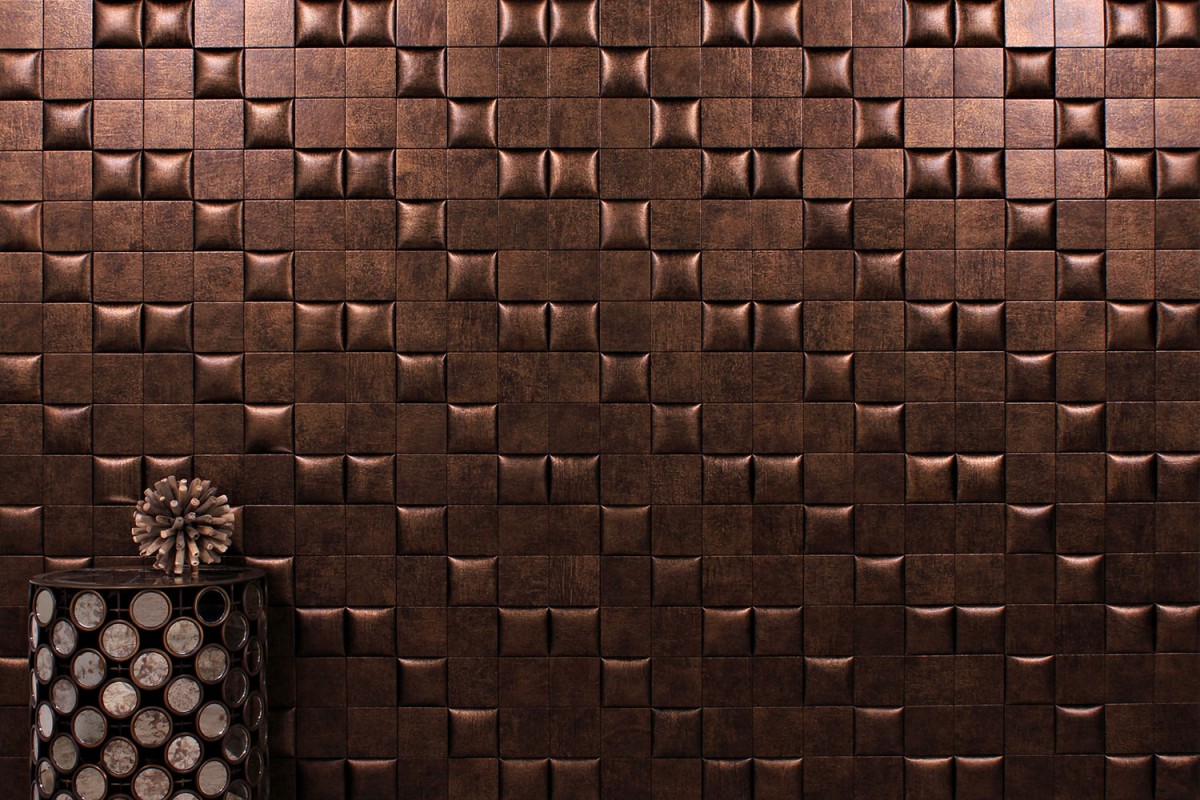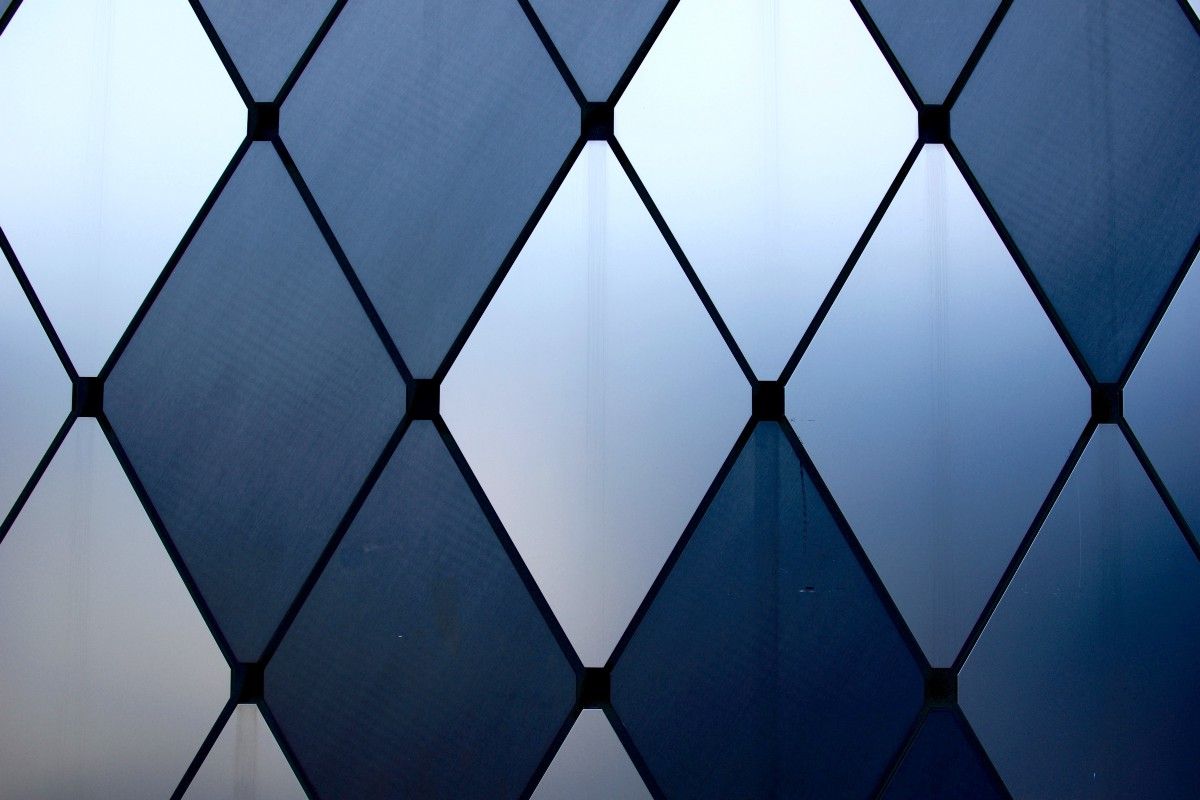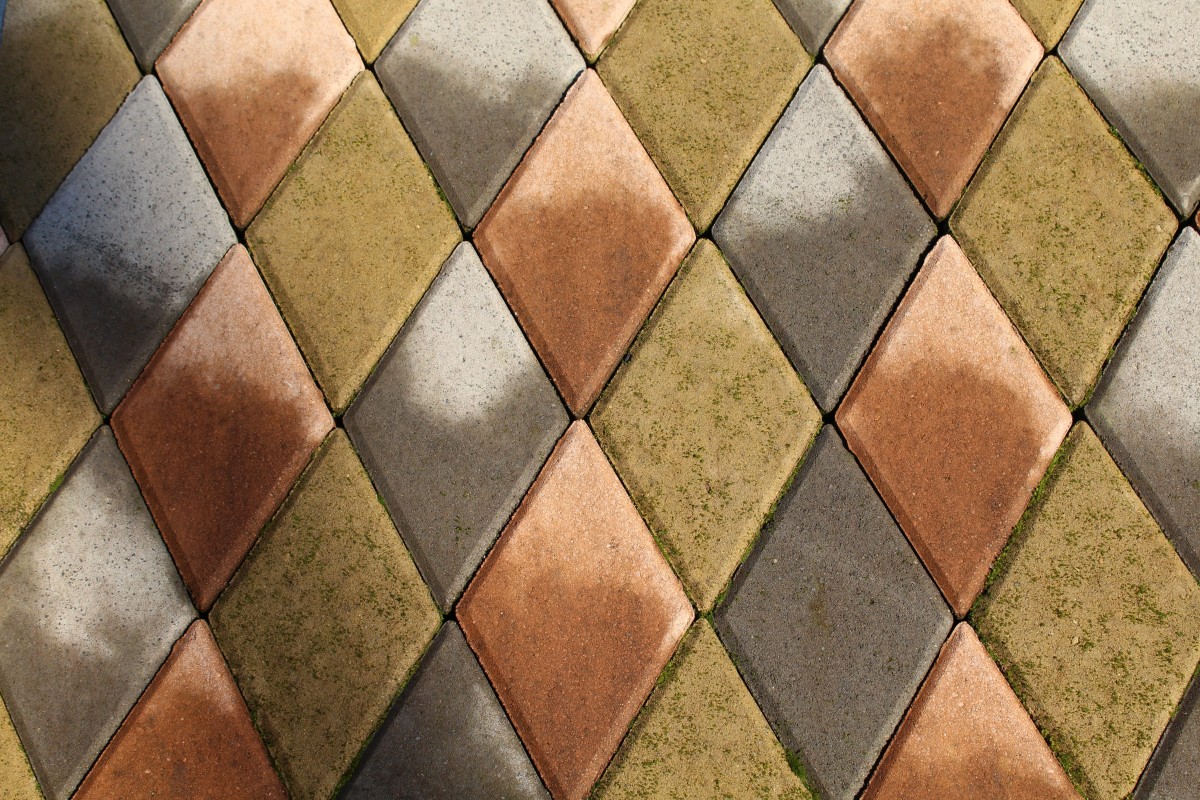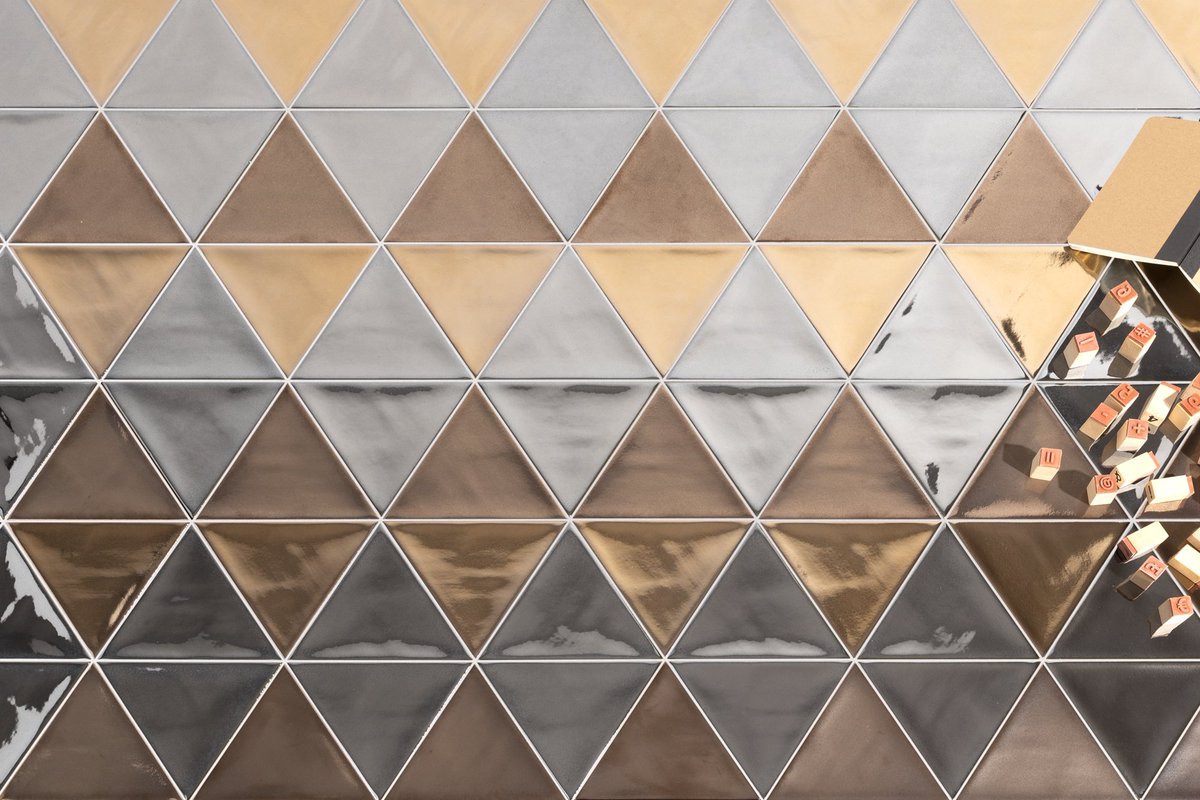Among many textures and finishes of tiles, such as natural stone, handmade and glossy type, there is a need for a guidance for non-experts to choose.
When designing a new space or doing a makeover, tile textures are frequently ignored, yet they are just as significant as color, shape, and pattern. The texture you select for your installation might have a useful purpose in addition to offering a decorative aspect.
If you’ve spent any time browsing design websites, you’ve probably seen the variety of finishes available. You may be familiar with the terms polished, glazed, tumbled, anti-slip, and so on. Perhaps you are completely clueless!
Don’t worry in any scenario. We’ve created a quick and simple 5-minute guide to assist you comprehend the various finishes and ease the decision-making process when choosing tiles.

Tiles Textures, Natural Stone
We are aware that natural stone tiles are popular textures among homeowners because of their earthy appearance and feel. Stone is the obvious choice if you’re searching for unique designs where no two pieces are precisely same!
Natural stone tiles are available in a wide range of finishes, whether they are made of marble, travertine, onyx, sandstone, or limestone. If you’re unsure of your selections, keep reading to discover the most popular finishes that distinguish one set of natural stone tiles from another.
Although other natural stones are also available polished, polishing is most usually linked with granite and marble tiles since these two are difficult enough to obtain a good polished sheen.
With a high-gloss, flawlessly smooth finish, polished stone tiles display a whole range of tones, from dazzling highlights to dark shadows. Particularly with marble tiles, polishing brings out a stone’s greatest color and veining, and designs stand out more strongly and boldly than they would on a natural surface.
Glossy tiles are quite popular because of their highly reflecting surface and emphasis on the inherent qualities of the highlighted stone. Natural stones that have been polished are frequently used in extravagant designs that have a very high-end, expensive feel.
But we can’t ignore polished tile’s shortcomings. A reflective surface will make scratches much easier to see than a plain tile. Additionally, you should think about where you’re installing glossy tiles in your house and how much foot traffic they might see.
Polished tiles are typically used for indoor spaces and wall coverings due to their higher slide potential—especially when wet. Install polished floor tiles in a location where water isn’t a big concern if you still want to go with glossy tiles. Nero Marquina And Thassos White 6 Inch Hexagon Marble Mosaic Tile beneath your feet might help your foyer stand out.

Tip: Glossy tiles can also look great around a fireplace, and their smooth surface will make it easier to wipe up the ash and ashes after a fire. A crackling fire’s warm and inviting atmosphere is further enhanced by the dancing flames that reflect off the shiny fireplace facing!
Honed tile surfaces have a uniform, smooth texture and a matte, satin appearance, and are another popular finish for natural stone tiles. Honed tile offers a more modern, cool texture that complements polished and natural surfaces wonderfully. Compared to polished surfaces, tiles reflect less light, making them always look lighter in hue.
Natural stone tiles are extremely buff for a satin-like feel and put through a series of polishing wheels with fine pads to obtain the honed effect (similar to the procedure used for polished tiles, but with fewer wheels). The end result has a more subdued appearance and a silky, smooth feel!
Here is our Calacatta Honed Herringbone Mosaic Tile, which has a satin-like texture and is prepared to add extra visual impact to the walls of your kitchen. Shower floors would also look gorgeous with them!
Due to their matte appearance, honed tiles are less slick and more scratch-resistant than polished tiles. As a result, an honed finish on tile makes it more appropriate for use on floors, stairways, and other surfaces that must resist foot traffic. Honed tiles are also simple to keep clean!
If you want a more modern aesthetic or don’t want to go entirely polished, honed tiles are a fantastic option. Choose honed tiles over polished ones if you adore the natural stone’s beauty but want to witness less deterioration over time. For a bathroom or mudroom floor, how about 10 Inch Hexagon Wooden Beige Marble Mosaic Tile marble tiles?
Honed natural stone tiles will look cozier and warmer in an interior with an organic vibe than polished tiles will, since they will compliment other natural stone and wood textures better.
Tiles with a satin surface should be distinguished from those with an honed finish, despite the fact that they are frequently misunderstood. In reality, tiles with a satin finish fall between between polished and honed, giving them a softer, less shiny appearance and giving you another option if you don’t want to go completely shiny!

Tiles that have been physically tumbled are what their name implies. Typically, they undergo this procedure in a rubber drum with sand, water, and rocks. Tiles are treated in the rubber drum for three to five weeks until the materials wear down their edges and soften their finish, unless they are hand-chiseled or machine-roughened. If a stone tile is described as “tumbled,” the surface will appear slightly worn and the color will be subdued.
Enhance your home with the vintage vibe of tumbled tiles if you appreciate the earthy rustic interior design look!
Although a tumbled finish offers excellent traction, it is not a sensible option for heavily trafficked floors. The use of tumbled stone tiles in showers, tub surrounds, and backsplashes is common, but if the tiles will be installed on a wet floor, it is advised that the holes be filled with epoxy.
All natural stones can be tumbled, but travertine tiles are especially popular with this finish because it brings out the material’s inherent pitting. In actuality, travertine’s wild hue is less important than its roughness.
Travertine tiles with a tumbled finish have a vintage appearance and give off the feeling of having been trodden on for ages. Do you not think of ancient Rome when you look at the Plaza Beige Travertine Mosaic Tile?
Tumbled finishes are perfect for Mediterranean, Spanish, Tuscan, and other Old-World design styles since they offer a sense of subtle texture and organic touch to a place.
The least popular tile finish, brushed tiles are made by softly sanding tiles with a wire brush, giving the surface more roughness than honed but less texture than tumbled. As the soft stone particles are removed by metal brushes, the surface becomes rougher.
Despite being soft to the touch, brushed tiles nevertheless have enough cleft to provide traction, resulting in a surface that is not slippery and has a naturally worn appearance!
The aged aesthetic that can be achieved with brushed limestone, travertine, and marble tiles looks wonderful in both traditional and modern homes. Both informal and Old-World decorating styles can be effortlessly complemented by these tiles.
As the metal brushes give them a slight roughness on purpose, brushed stone tiles are frequently unfilled. They can be applied pretty much anyplace honed or tumbled tiles can be.

Handmade Tiles Textures
In terms of handmade tiles, ceramic, porcelain, and glass tiles come in a variety of surfaces and textures that let you decorate your house in a way that is uniquely you.
We’ve compiled a list of some of the most popular tile textures so you may further explore everything from the stunning sheen of glossy tiles to the intrigue of a multidimensional finish. Prior to choosing a finish, weigh the benefits and drawbacks of each.
gleaming tiles We can all agree that the polished finish for man-made tiles is the most well-known. Polished man-made tiles, in contrast to natural stones, go through two processes: they are first fired with the appropriate color and design, and then they are coated with a clear coat.
We have polished tiles that resemble genuine stone if a natural aesthetic is what you’re after but stone isn’t quite your style. Polished ceramic or porcelain tiles have a high degree of reflection and mirror the appearance of any natural surface. As a consequence, you may enjoy actual stone’s beauty without having to worry about upkeep!
These La Riviera tiles have an appealing visual texture that gives the idea that they were handcrafted; they come in a variety of colors and make a lovely design element. How stunning is this 5×5 La Riviera Quetzal tile in peacock blue accented with vintage gold fixtures and a contemporary marble farm sink?
Who wants to create with the appearance of marble without having to deal with any hassles?
There are several possibilities for man-made tiles available to you. You would have to touch the beautifully realistic-looking, highly durable porcelain tiles to think they are not made of porcelain. They have an honed finish. If you adore the appearance of honed stone, our Varana Gris porcelain tile is a stunning (and very sturdy) solution.
Advice: Porcelain tiles can provide both a more lasting surface and the unrivaled beauty of natural stone! They are ideal for places with heavy traffic when real stone is not a viable alternative.

Glossy Tiles Textures
Despite sounding similar, polished textures and glossy finishes are not the same. By using a glaze rather than a polishing agent, glossy tiles can be produced. The tiles have a brilliant finish and a lovely mirror-like luster thanks to this coating. There is nothing better than glossy finished tiles to give your kitchen, bathroom, or living room a sleek, modern appearance!
Glossy surfaces enable light to reflect off surfaces, enlarging small areas and deceiving the eye into thinking that smaller spaces are larger than they truly are. Glossy tiles are therefore perfect for a tiny bathroom or tight space, especially white tiles. Beautiful light-reflecting materials are prepared to boost any design’s effect!
Glossy surfaces are quite simple to clean because of how slippery they are. But keep in mind that a shiny surface will show dirt and smudges more readily.
If a tile’s coefficient of friction for wet regions is 0.60 or higher, it indicates that tile is more slip-resistant. Additionally, a tile is less slippery the more textured it is.
The antithesis of glossy tiles, matte tiles are finished with a non-shiny coating for a flat appearance that does not reflect light. They are designed to produce a less formal, gentler appearance.
The ability of a matte tile to prevent slipping is one of its most significant advantages. Matte materials are the natural choice for flooring, especially in showers or wet rooms, because they have higher traction than gloss surfaces.
Matte-finish or frosted tiles are more suited for bigger kitchens because they are dull and do not reflect light like gloss-finish tiles do. In fact, matte tiles can give the impression that a kitchen is smaller.

Tiles with anti-slip finishes have been specially created for wet surface situations, such as bathrooms, pool surrounds, or shower areas, even if it is impossible to totally eliminate the possibility of slipping.
The matte glaze applied to the ceramic or porcelain tile has a fine grit added to it. As a result, the tile has a rough, grippy feel that is perfect for mudrooms or entryways as well as wet places.
Make sure a tile is rated for shower floors in the Application section to quickly determine whether or not it is slip-resistant.
Metallic tiles – Bold and reflective, metal-finish tiles give a feature wall or backsplash a hint of unique texture. Metallic tiles are frequently utilized in bathrooms or kitchens as a contrasting accent to match hardware and appliances while providing a durable surface.
The professional negotiators are waiting for a mutual prosperous relationship with all importers on earth. Do not hesitate to contact.











Your comment submitted.